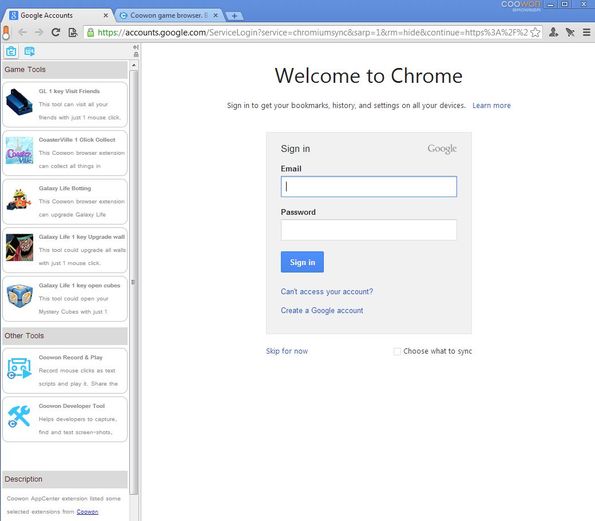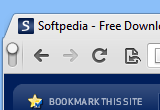

Figure 2 shows some of the targeted applications, such as Fossamail, Postbox, and others.įigure 2: Part of applications that malware attempts to steal

This enables it to steal data from databases, registries and also from the files of applications installed on the infected machine. In order to steal data from different kinds of applications, Dyzap approaches each of them differently. Stealing Routineĭyzap targets more than one hundred applications to steal information from, including browsers, FTP applications, and more. In this blog, we will explain how the malware steals user accounts, acts as a keylogger, and communicates with its C&C server. Stolen information may include, but is not limited to, system information and application credentials stored on infected systems. FortiGuard Researchers recently discovered a new variant of this Trojan virus. An incomplete uninstallation of a program may cause problems, which is why thorough removal of programs is recommended.Dyzap belongs to a family of malware designed to steal confidential information from enormous target applications by installing a “man in the browser” attack into common browsers. There could be other causes why users may not be able to uninstall Coowon Browser. Another process is preventing the program from being uninstalled.Due to an error, not all of the files were successfully uninstalled.A file required for the uninstallation to complete could not be run.The program’s built-in uninstaller does not start or does not operate properly.Possible problems that can arise during uninstallation of Coowon Browser Removing process running for a long time and does not come to the end.Some traces of the program can still can be found on the computer.After removing the program, some of its related processes still run on the computer.
#Coowon browser 2017 windows
The program is not listed in the Windows Settings or Control Panel.




 0 kommentar(er)
0 kommentar(er)
